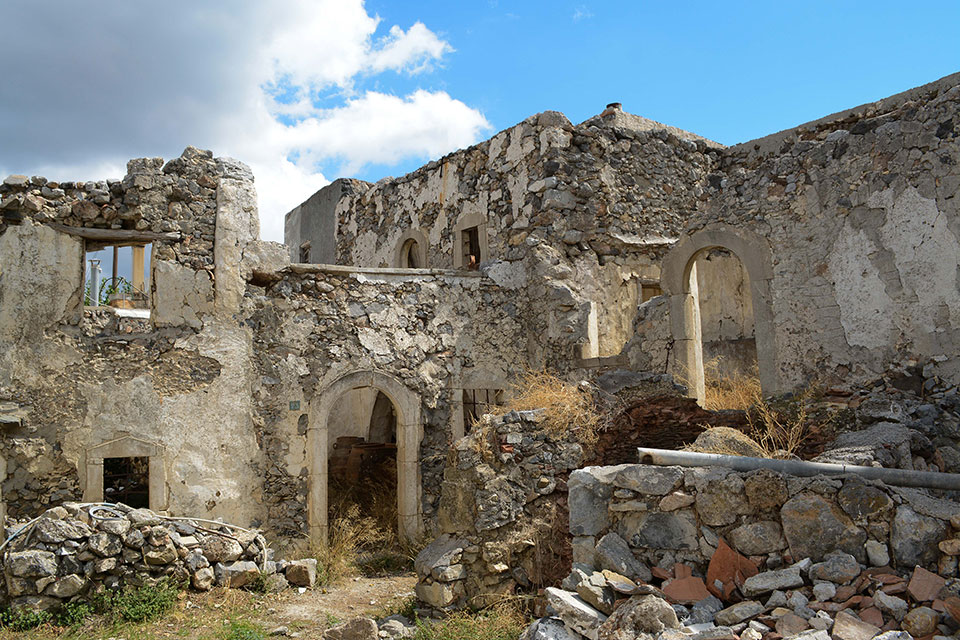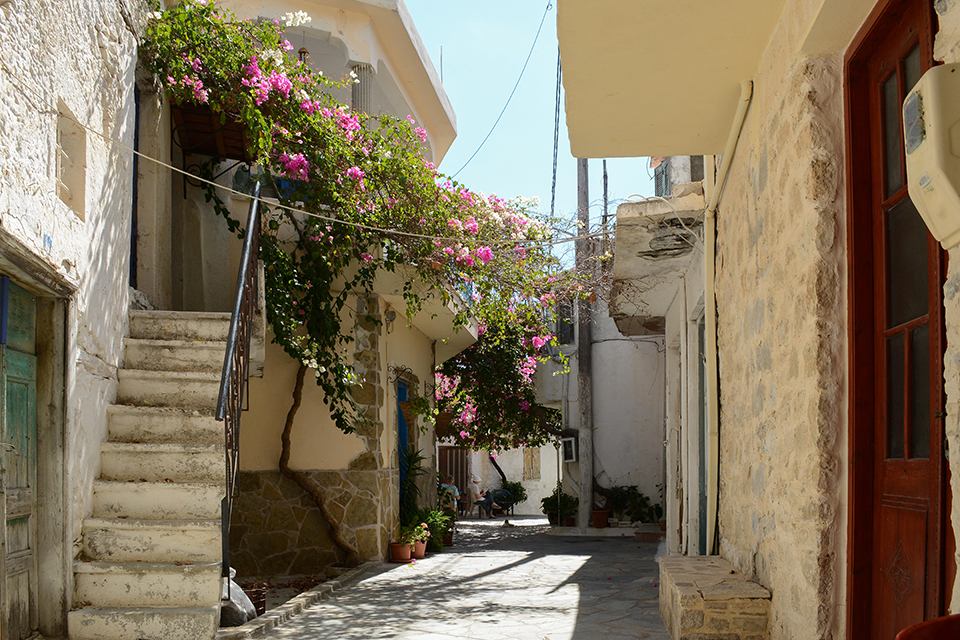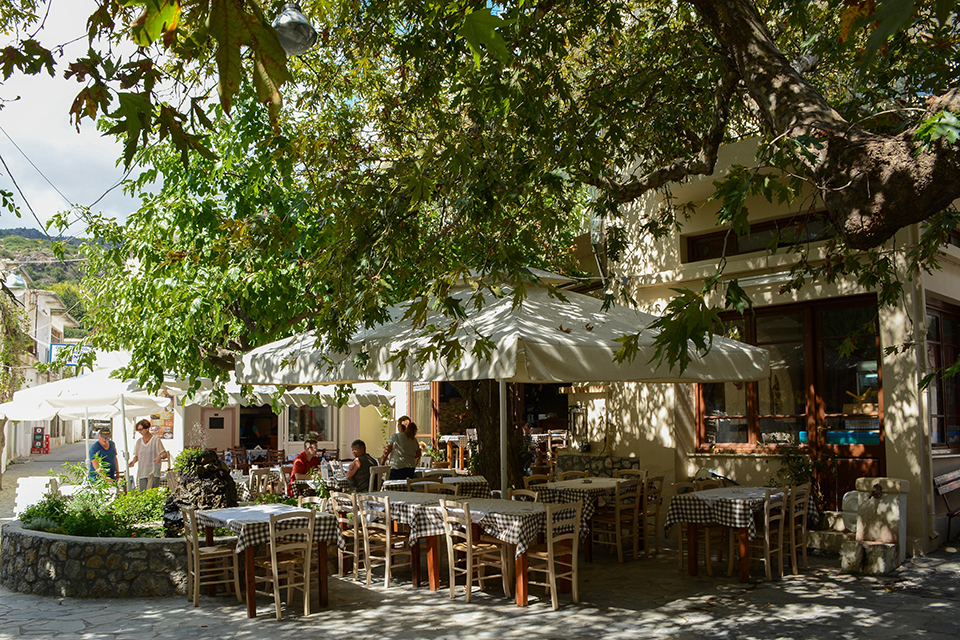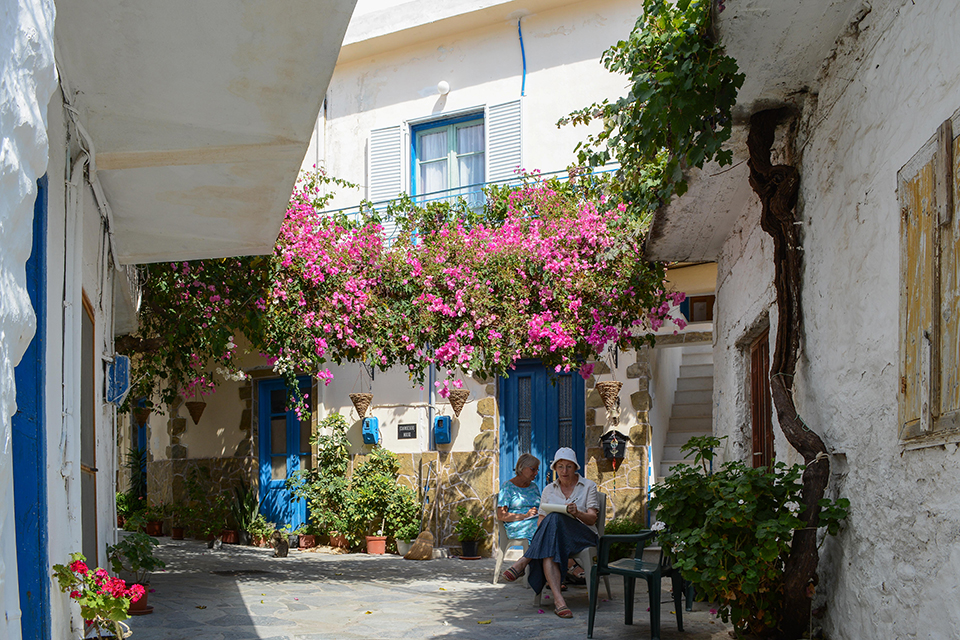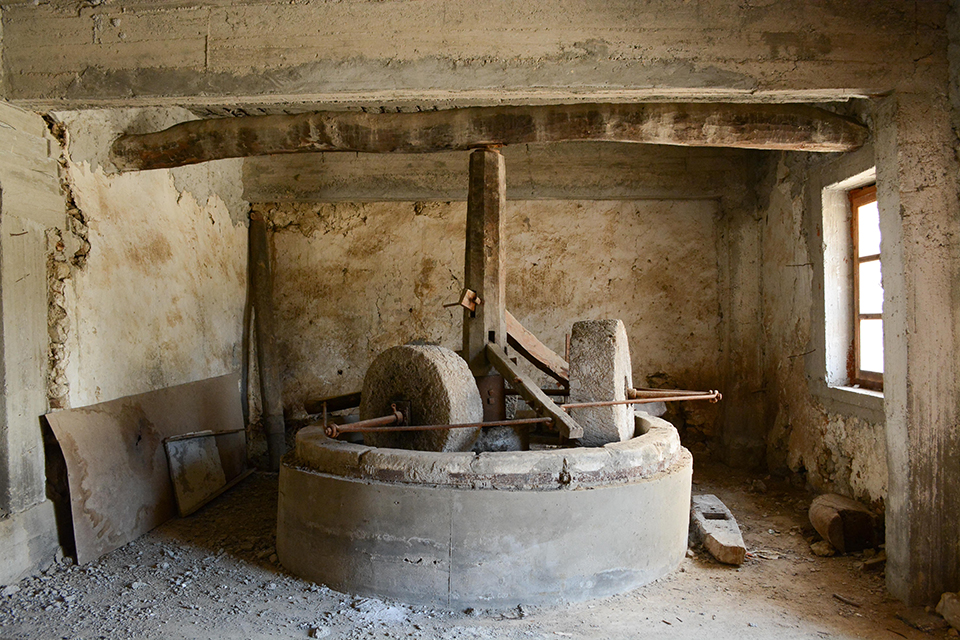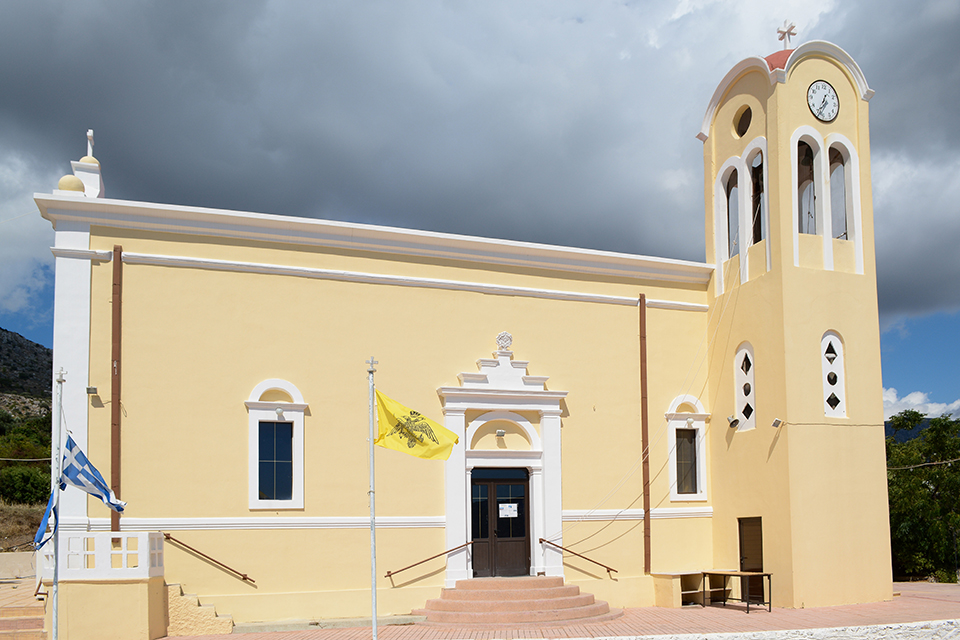Historic village of Lasithi plateau, famous for its 24 churches and festivals commemorating the Saints made all year. Built at an altitude of 313 metres in central position between the other villages in the area which played a decisive role in later course.
The population of the village is 147 inhabitants (census 2011), 227 inhabitants (census of 1583) name is derived from a variant of the old one which was Strabodoxari, a name that perhaps comes from the crooked bow of Liras a legendary musician of the village, as some believe, but for the name there are other interpretations. Some have reported that the original name is due to the fact that the image of the village from afar looks like a crooked bow, while it is recorded that Strabodoxaris, was the first settler of the village after the liberation of Crete from the Nikifwro Foka in 961 ad.
The picturesque narrow sokakia of Stavrochori intersect in small and picturesque square in the Centre of the village. There they are now most cafes there was once the Centre of the village is part of a series of other, per 300 meters were exposed to the sea, to warn residents about the invasions of conquerors-signs of turbulent history. Of special interest are the numerous churches and chapels in the area, the number 24. The many festivals that are held throughout the year in memory of the Saints gather the villagers of Stavrochori back into parts, with the most famous of these to become the 15th at the monastery of Panagia of Ligia. The picturesque Church of Agios Konstantinos South Village singles built next to a waterfall that runs almost all the time creating images of rare beauty.
The local community Stavrochori, belong also the Tsikkalaria, a dependency of the region, which took its name from the pitcher, but now construction has been abandoned and no longer in the region have built luxury buildings for tourist exploitation.
One kilometre east of Stavrochori, lies the village of Lapithos, which left only 25 inhabitants (census 2011), also old and historic village of something that can be seen from a source dated 1779. It is believed that the name he took from the ancient tribe of Thessaly, Lapithes Greek mythology related with the Centaurs.


